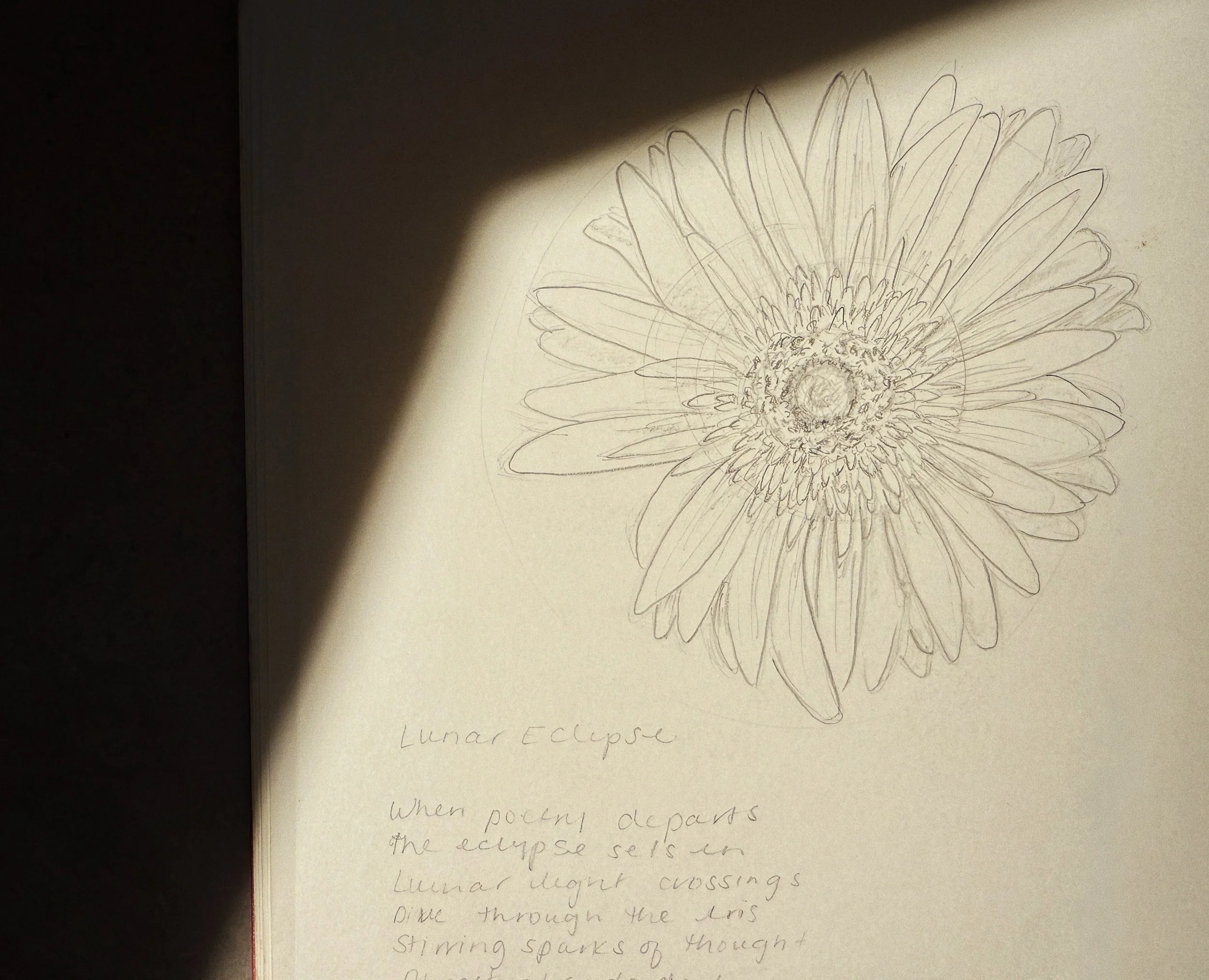3 Top Tips for Drawing Flowers
Florals are one of the most ancient and timeless subjects in art. I think it’s quite obvious why we keep revisiting them as creatives—they’re beautiful, ephemeral, and endlessly varied! Floral designs find their way onto nearly every consumer product, on the walls of every museum, and likely in the margins of your child’s schoolwork.
Have you ever tried drawing a flower? Almost certainly yes. But I can also imagine that at times you’ve found yourself frustrated. To take a little of the edge off—and to kickstart your floral painting journey—I’ve written down three of what I consider to be the most important tips when drawing flowers of any kind.
1. Trust Your Eye
Most importantly, trust your eye. Do your best to dismiss what you think or know a flower looks like and focus on what you actually see.
First and foremost—and honestly, this goes for any form of representational drawing—trust your eye! We all have our ideas of what something looks like. When it comes to flowers, we’ve likely simplified them into five-petal daisies or perfect swirly roses. And that’s okay! But if you’d like to draw something a little closer to what you see, then that’s just it—focus on what’s in front of you, not what your mind tells you is there.
Which leads me to the next crucial point…
2. Break Things Down by Shapes
*notice how certain shapes make up each bud on this gorse flower stem
Once you start really looking, you’ll notice that shapes make up nearly everything in our world. That daisy may suddenly reveal itself to have an oval-shaped center, rectangular or diamond-like petals, and a cylindrical stem.
Taking any subject and breaking down the parts by shape is perhaps the single most helpful tip I can give you in drawing. Try it and see what happens!
3. Save Erasing for the End
*note the under lines of circles I did not erase
“Gasp!”
“No!”
“Wait—but what if I mess up?”
These are common reactions I get in my workshops when I tell students to try not to use their eraser right away.
To best avoid the temptation, use a lighter hand when working with your pencil. Make shorter, quicker marks and allow the shape to build. Have you ever drawn a circle by spiraling your pencil around and around the paper? That’s actually a wonderful technique! As you build your drawing, let multiple marks work together to form a shape that most closely matches what you see.
If you draw–erase–draw–erase, you’ll hinder your ability to fall into flow with your subject. It’s like entering a room, then stepping out and closing the door over and over again. Eventually, you have to stay a while and take it all in.
Yes, of course, you’ll do some erasing—but that’s why I say save the majority of it for the end, for clean-up!
🌸 Pro Tip: Choose Simplicity to Start
If you’re new to floral drawing, choose flowers that are simpler in form. Maybe start with a tulip over a dahlia, or a lily over a cabbage rose. As you grow confidence (pun intended), you can begin to take on denser and more challenging blooms!
I hope these tips help—and if you’d like a little more guidance in your floral work, see here. I’ve also created a quick cheat sheet you can download for free to support your creative process.
If you’d like to view my available floral paintings, my shop is now open—see here.




